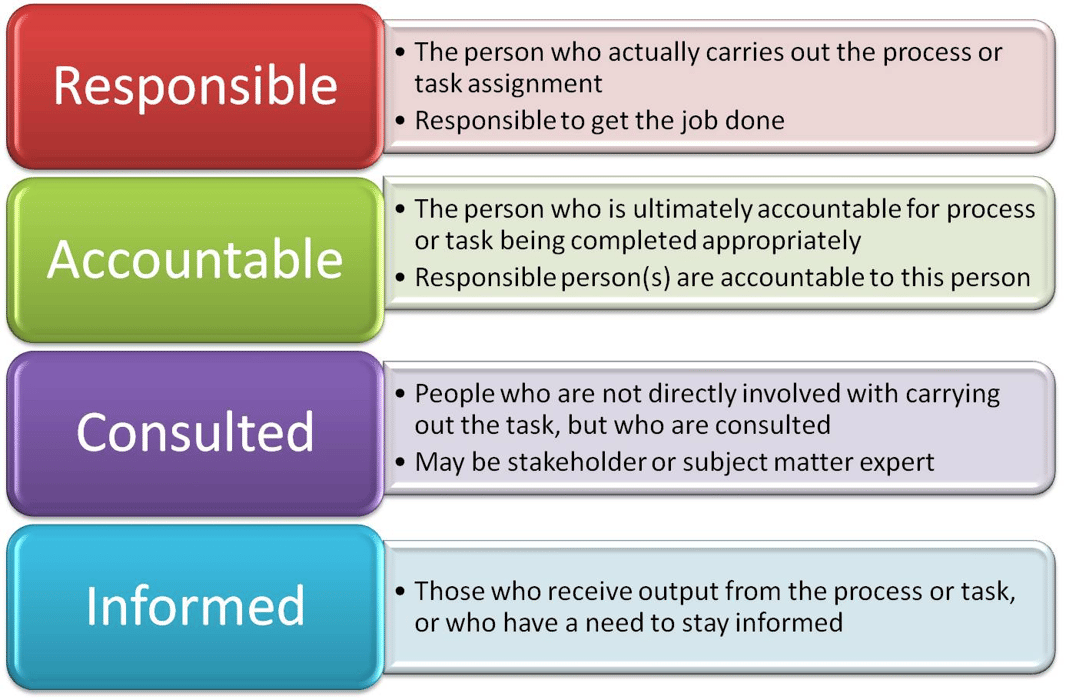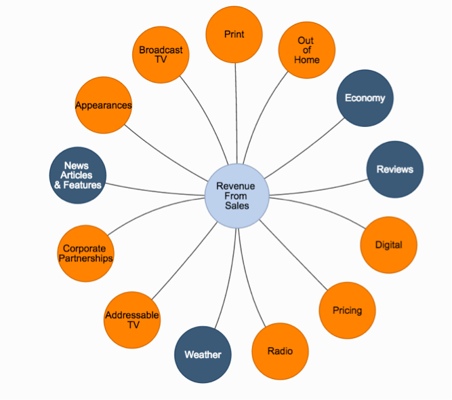A Crawl, Walk, Run Approach to Unlocking Marketing ROI: Crawl Stage
A Practical Roadmap for Your Team to Leveraging the Power of the ROI Brain™
Deep Dive: Crawl
Every Marketing Evolution customer begins their journey with us by measuring existing marketing plans that were developed without the benefit of the ROI Brain™. Soon, your marketing plans will be automatically generated by empirical data fed into our powerful decision-making platform. If you follow this guide you should reach this goal quickly during the Walk stage.
However, we have to begin somewhere and attributing the impact of the marketing you are currently running is a good place to start. The goal in our Crawl stage is to get your team organized, your software set up, and generate your first optimization as quickly as possible based on a single, key performance indicator (KPI).
There are four milestones in the Crawl stage that we’ll want to pass on the journey:
- Get the right people at the table and define their roles
- Know who is Responsible, Accountable, Consulted and Informed (A RACI Model) about different optimization decisions at your company, agencies, and partners.
- Define success and the metrics by which it will be judged
- Clarify factors and dependencies that may impact the path to success
- Identify key data sets and automate their flow into the ROI Brain™
- Separate the Need to Have from the Good to Have and the Like to HavE
- Use the decision-making power of the software to make your first optimization
- Keep your scope focused and take the early wins
Get the right people at the table and define their roles: In our experience, clearly defining roles and setting expectations for the team is mission critical. If you want to move quickly, you want to get key players aligned and fully bought-into the effort. Skipping this step can lead to significant delay and unnecessary frustration as you try to move forward. To help with the effort, we offer a guide on how to engage the team with a RACI.

Define success and the metrics by which it will be judged: This is the time to have a conversation with others about your company’s long-term goals and the measurements by which you’ll judge your progress. Given the shortcomings of some older marketing measurements, many professionals have become conditioned to think about marketing effectiveness in terms of proxies like CPMs, open rates, brand awareness, click throughs, and impressions. Clearly there’s a place for understanding the inventory or quantity of these things delivered per dollar spent in your marketing mix. However, the Marketing Evolution platform allows companies to measure the value of these investments in terms of the marketing impact on business outcomes like sales, revenue, and shareholder value. Getting cheap impressions may be great, but if that investment isn’t driving a business outcome, they’re worthless.

The question is "what defines success" and what are the factors that influence success. The definition of success is coded into the software as the “hub.” The factors influencing success are represented as spokes. Visually, it is presented as the hub & spoke, which can be viewed in the “Overall Business” section of the dashboard.
As the example shows, sales or profit is a common definition of success, representing the “hub”. The spokes are color coded. Factors the marketer controls, such as advertising and pricing are orange. Factors the marketer doesn’t control, such as the weather, the economy, competitive actions, etc. are blue.
Identify key data sets and automate their flow into the ROI Brain™: Simple to say but often hard to do. This is the roll-up-your-sleeves and get the machine running part of the process: getting the data gathered from the disparate parts of your business so analysis can be performed. For this stage of the journey we recommend starting small and going step-by-step. You likely won’t have all the data you want in one place, with easy to use APIs to feed the data into optimization software. Develop the list of all the things you’d like to know and prioritize those that will deliver quick wins.
For example, generally speaking, customers want to understand the impact marketing is having on their brand and their sales. Tackling both of these questions is a big meal for the Crawl stage. If you narrow the scope and focus, you will probably find that getting the advertising data flowing and brand measurement stood up is the fastest and easiest win. There is ample evidence that branding metrics such as purchase intent and top choice for next purchase are a leading indicator of sales. Therefore, this directional indicator, which can be gathered immediately can speed the adoption process. A branding KPI is a good place to start. Don’t delay. Act today.
Sales and Media are the two types of data that marketers should aim to automate as early as possible. We recommend onboarding data with an independent identity provider, such as LiveRamp, through an API to Marketing Evolution because it will greatly reduce future workload, and the chance for human error. Even better, however, is using Impact Based Planning or IBP: Marketing Evolution’s media planning software. By building media plans in the software, all the meta data and codes are created in the same system that will eventually analyze the impact of the campaigns. This helps ensure data coding is consistent from end-to-end.
Marketing Evolution will have 80 percent or more of all the data needed for the optimization already in the ROI Brain™. What is needed is:
- The specific media spending details
- Any first party data connections (e.g. CRM data)
- Business performance data (total sales, sales by store, foot traffic, calls to call center, etc.)
- Survey data
- Relevant Locations (such as store locations)
For the most part, media spending details are directly ingested from digital and traditional systems such as DCM and Media Ocean. Marketing Evolution already has data feeds for media delivery for every major media, so the media buy details are sufficient for Marketing Evolution to calculate the impression and person-level delivery.
Use the decision-making power of the software to make your first optimization: This is the point at which the rubber hits the road. You’ve aligned the team and compiled the data. The Marketing Evolution platform has performed its analysis, you’re ready to see how your marketing is influencing people, and the software is delivering its first optimization recommendations. Don’t be surprised, though, if in seeing these optimizations for the first time some are skeptical. Oftentimes people have preconceived ideas about what should be done. As a result, we advise thinking about the first few read-outs as education opportunities.
There are exceptions. CARFAX came to the first read-out ready to take action. They moved quickly to their agencies’ compensation and bonuses to implementing at least 80% of the ROI Brian™ recommendations. The marketing team, senior management, and their agencies came into the first read-out ready to take action. We were impressed with how quickly the team implemented recommendations from the optimization engine to adjust creative and messaging in addition to finding opportunities for media mix optimization. Within the first 60 days of moving to the Marketing Evolution platform they saw a measurable and significant upside to their marketing performance.
The overarching goal of the Crawl stage, and a key part of moving to Walk, is building confidence amongst the team in the software and its recommendations. Realizing gains from implementing those “quick win” optimization recommendations early in the process go a long way to building enthusiasm. Early success, often achievable within the first 90 days, can accelerate the pace of adoption and give your company a distinct competitive advantage.
